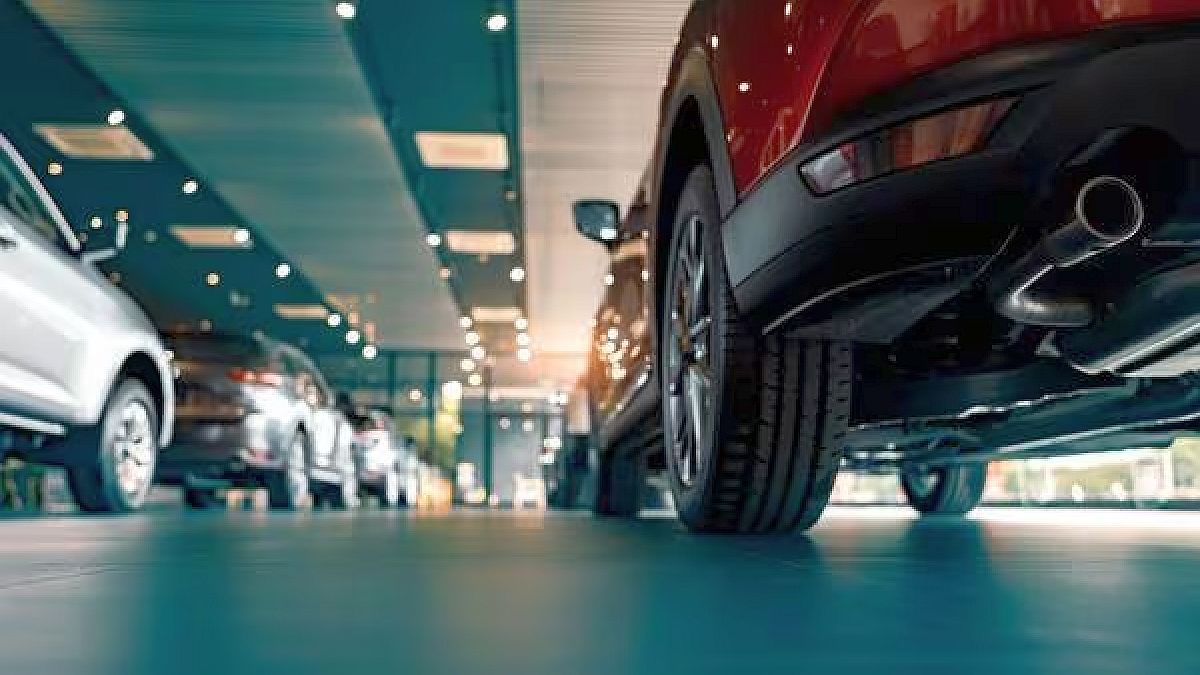After the debt left by the government of Alberto Fernández, as a consequence of the system that imposed self-financing on automakers for their imports of 0km and auto parts with their own dollars (it is estimated that they were close to US$8,000 million), in There was a lot of expectation in the sector about how the scheme that came into effect on December 10, after the assumption of Javier Milei, was going to work.
The new government established a schedule for releasing dollars at the official exchange rate of 30, 60, 90, 120 and 180 days, depending on the type of goods. For finished cars, the deadline was the longest and was completed 10 days ago.
Taking into account that it took a few days for its normal operation, after leaving aside the arbitrary mechanism of the SIRA, plus the holidays of this last week in which there was no activity, The real effect of the measure will be seen in the coming days.
Until now, payments for auto parts and other supplies have been fulfilled, but the uncertainty was focused on what would happen with the 0km, which, in addition, was the last to be tested. Last week the first payments were made.
“Payment began within the expected period. We had very few vehicles that we shipped in the first days of the new government and they already paid us. In July, we are going to have a better test, because we imported more cars at the beginning of the year,” said an importer of a non-established brand.
The manufacturers’ sector (which imports the most vehicles) also waited with anticipation for the start of payments.
From one of the terminals, they reported that they only have due dates this week and that they know that everything will be in order. “We have to pay for some imports that we made last December and we already have the OK that we are going to receive the dollars as planned,” they explained from that automaker.
In this case it is a few million dollars, but it is the beginning of the new schedule. As the days go by, the rest of the companies will join in and the volume will grow. It must be taken into account that 0km imports this year are higher than last year, as a result of the greater opening.
This will also mean that the Central Bank will have to have a greater volume of foreign currency. We will have to see how it puts pressure on the exchange rate.
Regarding the automotive sector, the news is positive and removes nervousness among businessmen.
This will also impact import volume going forward. Especially from some distributors of official brands that do not have the same support as multinationals.
With the outlook clear, there are no longer any limitations to importing. The only thing that remains a negative point is that they must finance the import for 180 days, which generates a higher financial cost.
But knowing that the wheel is already turning normally, it is not a major inconvenience. The limitation will continue to be the low market demand and the high prices at which they should sell due to the high tax pressure.
Source: Ambito
I’m a recent graduate of the University of Missouri with a degree in journalism. I started working as a news reporter for 24 Hours World about two years ago, and I’ve been writing articles ever since. My main focus is automotive news, but I’ve also written about politics, lifestyle, and entertainment.




